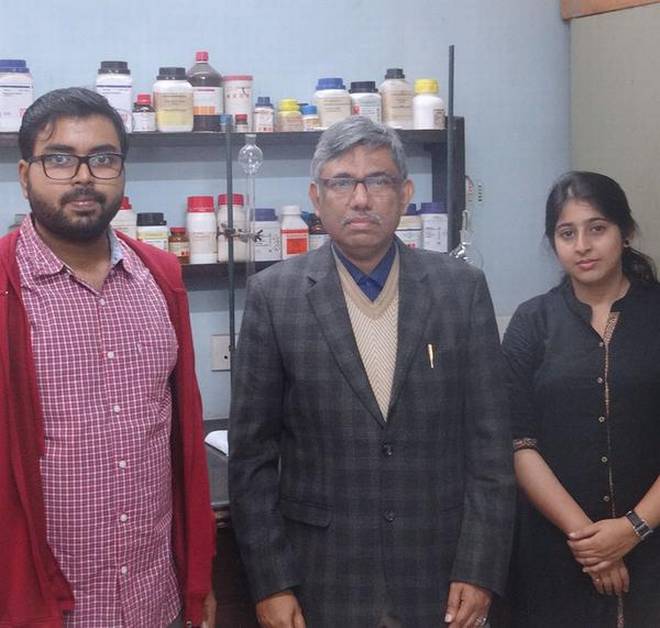
It could begin absorbing dyes within 15 minutes, metals in about 6 hours
Scientists from Indian Association for Cultivation of Sciences (IACS), Kolkata, have developed a new gel that can remove toxic organic dyes and metal ions from waste water. They found the hydrogel began absorbing various commonly used dyes within 15 minutes. The dyes tested were malachite green, congo red, brilliant blue and rhodomine B. In the case of metals, the hydrogel was able to considerably remove commonly found ones such as cobalt and nickel from industrial effluents in about six hours.
Basic amino acids like leucine and phenylalanine were used to make the gel; the gel is biodegradable. It was stable at room temperature and remained as a gel for several months.
Effective treatment
The current methods used for treating wastewater — adsorption using activated carbon, chemical precipitation or electrochemical techniques — are largely ineffective due to incomplete removal or high energy requirements. In comparison, the new hydrogel-based material is able to remove the hazardous waste effectively as it has high water permeability, large surface area for adsorption and is also simple to use.
“We monitored the uptake capacity of the hydrogel using UV spectroscopy and found that within a few hours the gel absorbed the dyes and the waste water turned almost colourless. The hydrogel can absorb the wastes for up to 60 hours before reaching a saturation point. The gel was able to remove 78-92% of the dyes and more than 80% metals ions,” explains Nibedita Nandi, research scholar at IACS and first author of the paper published in Peptide Science.
Reusable resource
“The hydrogel can be washed with sodium bicarbonate and ethyl acetate and reused. As the dyes and metal ions are soluble in water they get washed out from the gel and the hydrogel can be used for up to four cycles. It can be used by the industries for effective treatment before wastewater disposal,” says Prof. Arindam Banerjee, senior professor at the Department of Biological Chemistry, IACS, and corresponding author of the paper.
The researchers say that the production of the gel can be scaled up to the desired volume for use in water treatment at industries.
source: http://www.thehindu.com / The Hindu / Home> Sci-Tech> Science / by Aswathi Pacha / December 23rd, 2017